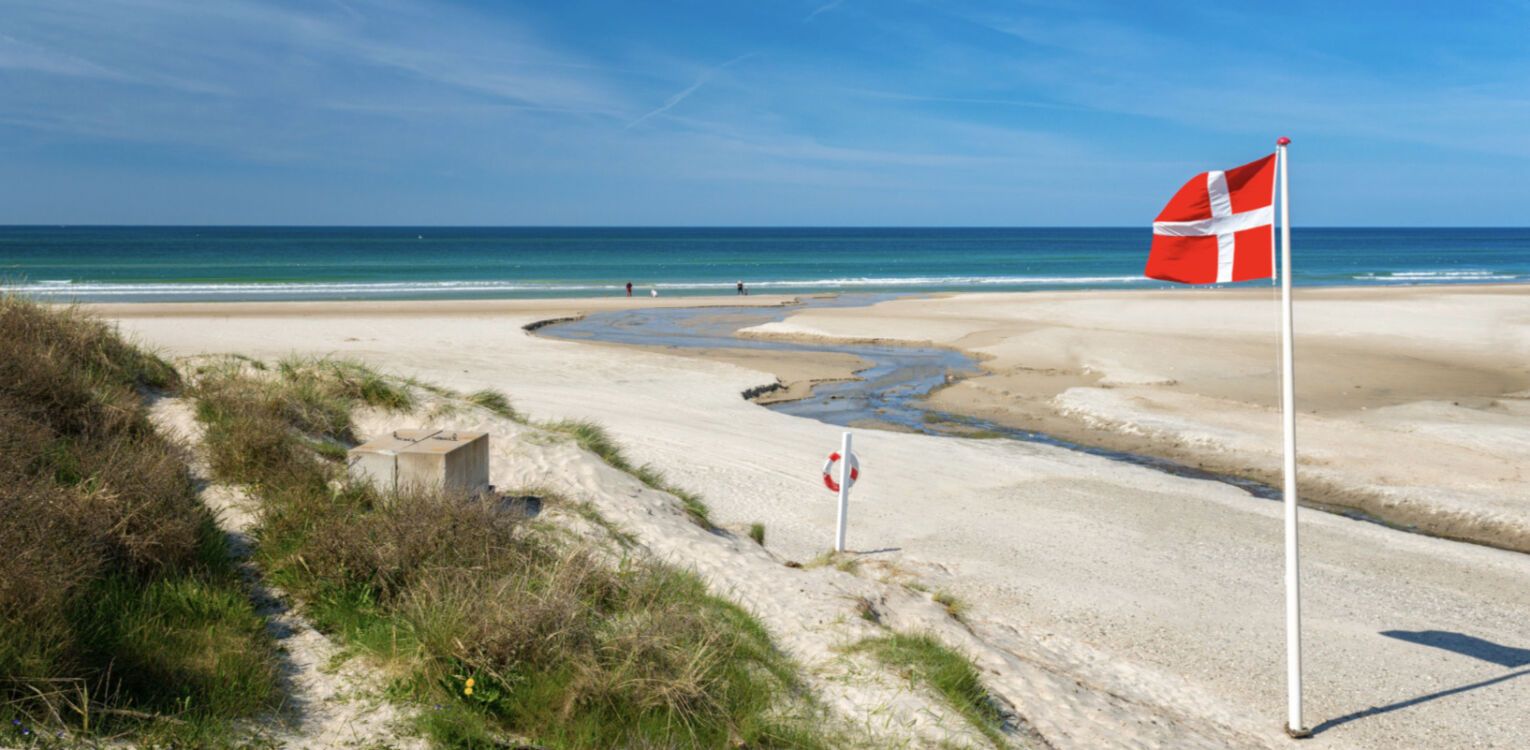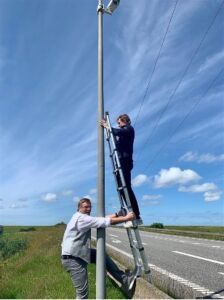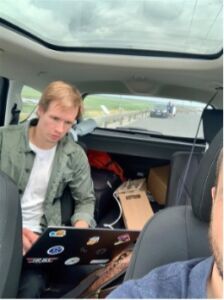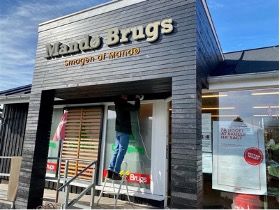How to Digitalize a Tourist Destination

3 min read
A team from NTT DATA Business Solutions digitally measured the Danish holiday island of Rømø to capture tourist flows, water consumption and ice cream sales. Thanks to our versatile data analytics platform, other regions have now jumped on the bandwagon to determine customers preferences and become a smarter destination.
The Danish island of Rømø is an idyllic vacation spot for many European tourists. A little house, dunes, a vast beach – and direct island access via a causeway, with no train delays and no need to board a ferry. However, almost no one is aware of what makes Rømø truly unique: It is a “smart island”, a large-scale field experiment comprising a network of sensors and a cloud platform for integration and data evaluation – from shower heads to social media posts.
More Data, More Insights, Better Decisions
The Danish tourism authorities realized the “Digital Destination” project together with a team from NTT DATA Business Solutions and researchers from Copenhagen Business School and Aalborg University. Our main goals: Analyzing and forecasting flows of people, holidaymakers’ buying habits, water and energy consumption, traffic flows, weather information, and data from the web. Taken together, the solution delivers real-time insights into connections that would otherwise be invisible.
Integration of Sensor Networks
The digital measurement began in April 2020 – a little later than planned due to COVID-19. Our main task was to aggregate all data and integrate it on our cloud platform so that we could analyze it. Five experts in the core team largely utilized existing devices and sensors like cameras used by the municipality to monitor streets remotely. All images were evaluated on our AI platform to record pedestrians, vehicles and their routes taken. We have also gathered information from garbage cans, flow meters, parking lots, sanitary facilities, and at the point of sale – such as revenue and the cardholder’s origin.

From Beach to Cloud to SAP
This data is uploaded to the Azure cloud in line with data protection regulations before being transferred to an SAP system. Here it is supplemented by mobile network, weather and statistical information – and a large number of Instagram posts with hashtags relating to Rømø. AI records the objects in the images and the core message of all posts, mainly watersports, family, horses, the night sky and festivals. Thumbs up!
AI Forecasts Demand Patterns
Quantifying the exact number of tourists alone was enough to justify collecting and analyzing the data, since the estimates made on the island had shown huge variations over the years. In addition, it is now possible to realistically forecast visitor numbers for the following day. This helps the ice cream parlors to work out how many employees they need and how many waffles to bake in the morning. Similar analyses were also performed for the island’s tourist resorts, where business is affected by factors such as visitor group patterns.

Digital Benefits for the Bottom Line
The biggest success of the project, however, was the bridge we have built to people and companies with little experience of technical IT solutions: Ice cream parlors, tourist resorts and service providers. They learned what data analysis in the cloud can do for them and how a digital solution will benefit their bottom line. Following on from Rømø, the NTT DATA Business Solutions team is now working with the tourism authorities to win over other destinations for the concept. A second Danish island, Mandø located in the Wadden Sea National Park, is now live with visitor tracking.

Sensor Installation on Mandø
In August, NTT DATA Business Solutions won the Westcoast:Digital project (a public tender by Danish Coastal & Nature Tourism). 5 usecases inspired by Rømø will be rolled out along the Danish west coast covering more than 300km of coastline, 17.8 million overnight stays and more than 14 billion DKK in tourist generated revenue.
Lessons Learned
In this project, we developed a multi-cloud ecosystem for analyzing various data sources for the island of Rømø. The centerpiece was our flexible data platform that can process information from a wide range of sources as required. On this basis, we were able to efficiently integrate the existing sensor infrastructure and add value fast.
Above and beyond applications for tourism, the data analysis platform can easily model different business cases from other industry sectors. Project-specific adjustments mainly relate to a seamless integration of many data sources, such as cameras, industrial scales or social media posts, into the infrastructure layer.
The platform can be used to create smart destinations, to control packaging processes, to chat with customers or to analyze patterns in water quality. Key point is not technical feasibility, but the questions the tool can answer for each individual customer. It always comes down to the business focus of the project – ensuring that it makes sense for the company and that it ultimately pays off.
You are interested in more information about the use or our Data Analytics Platform in different industry sectors? Click here for our Annual Report 2020 with further interesting case studies or get in touch with us.